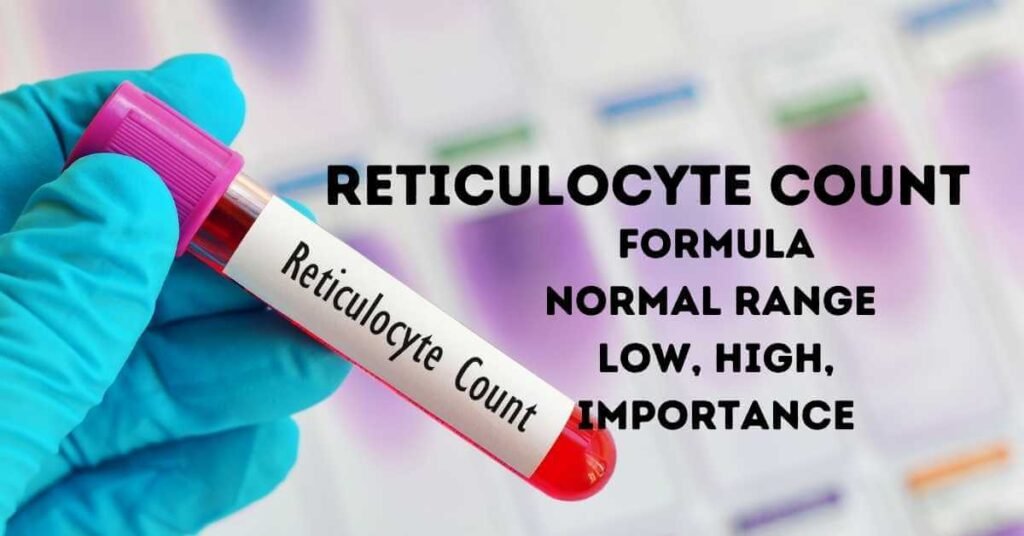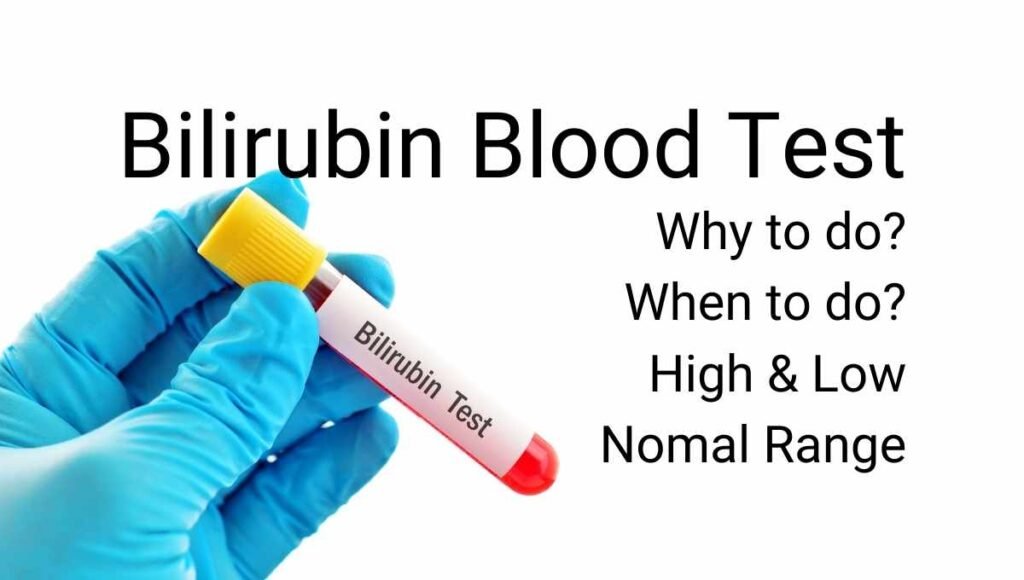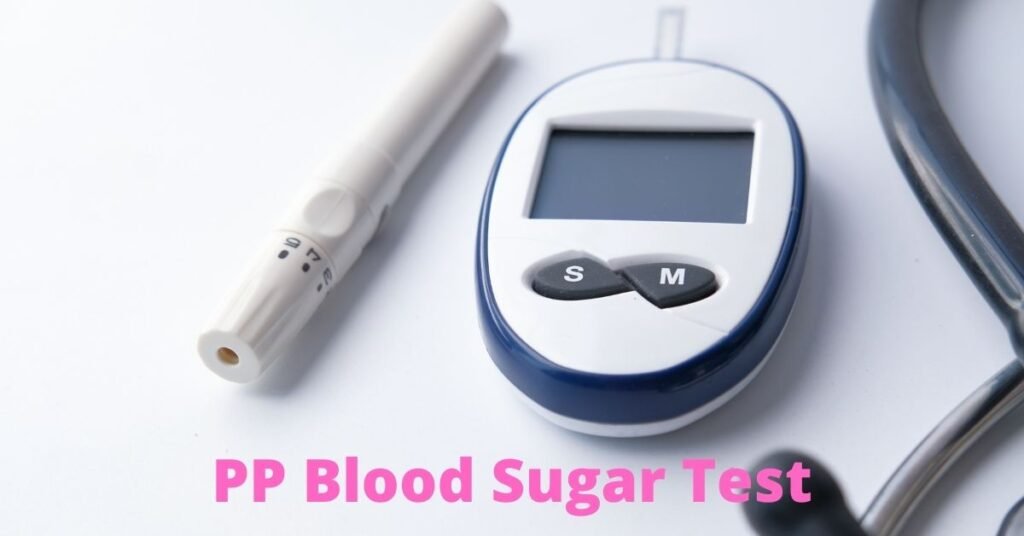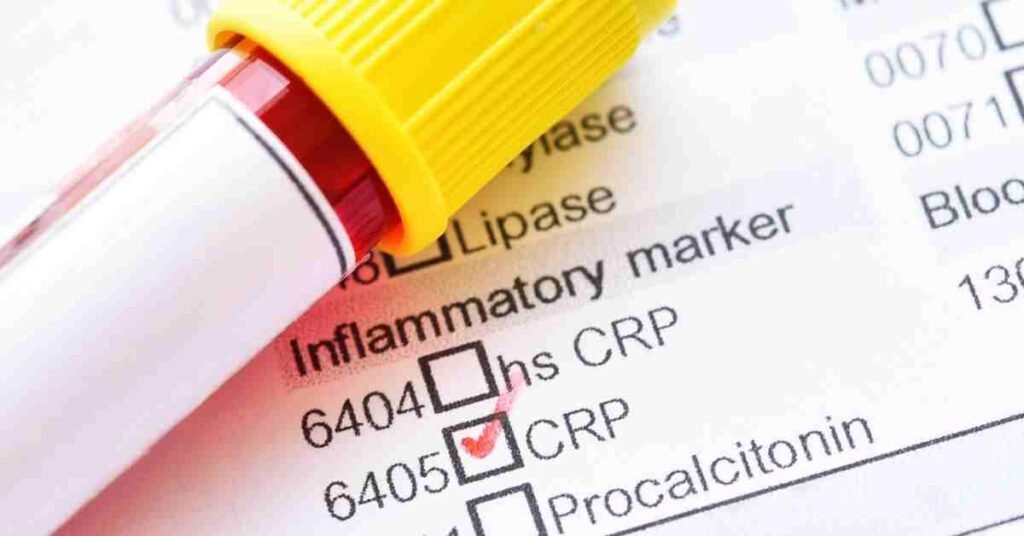What is Reticulocyte Count Test
Reticulocyte count test is the blood test that helps to measure the reticulocyte level in our blood. Reticulocytes are basically newly formed immature red blood cells. One can say the infant form of red blood cells are Reticulocytes. We all know, red blood cells are produced from our bone marrow.
As they are newly born, so these red blood cells or reticulocytes are recently released from the bone marrow. Reticulocyte count is also measured in Retic Count, Corrected Reticulocyte Count or Reticulocyte Index.
Reticulocyte Count Test Purpose
Reticulocyte count test is prescribed to check how bone marrow is working in the body to produce RBC. A correct Reticulocyte percentage or the absolute number of reticulocytes provides a reliable measure of effective red cell production. So the purposes of Reticulocyte Count Test are
- Reticulocyte count helps us to know whether the bone marrow is actively producing adequate red blood cells.
- Reticulocyte count helps to make a diagnosis of various medical conditions such as anaemia or bone marrow failure.
- Helps to evaluate the severity of the medical condition
- Helps to determine the treatment response
- Helps to provide a useful guide to give the most suitable treatment for a particular medical condition.
Reticulocyte Count Test Importance
As said previously, reticulocyte count blood test measures the amount of newly produced RBC in our blood. Actually, in our blood every blood cell has its own life so that of RBC. When old RBC dies, new RBCs works. So if the new RBC production is hampered it will affect the total count of RBCs in blood cells. That is why it is vital to measure reticulocyte count when other blood reports like Hemoglobin Test, Hematocrit Test, MCV test, MCHC test, MCH test and other blood tests results show the abnormality. Through this test it is ensured if somehow the source (bone marrow) is faulty or not!
In general, if erythropoietin and red cell (erythroid) marrow responses to moderate anaemia (haemoglobin is less than 10 gm/dL) are intact, then the red cell production rate increases to two to three times normal within ten days following the first appearance (onset) of anaemia. In the case of established anaemia, if a Reticulocyte response is less than two to three times normal, it indicates an inadequate marrow response.
When red blood cell count is too high, then bone marrow produces and release fewer reticulocytes. When red blood cell count is too few, the bone marrow produces more reticulocytes for balance.
- Reticulocyte count helps us to know if the bone marrow is functioning properly.
- Reticulocyte count helps to distinguish different types of anaemia.
- Reticulocyte count helps us know if there is enough production of red blood cells by the bone marrow.
- Reticulocyte count helps to monitor ongoing treatment progress, especially after chemotherapy, radiation therapy, bone marrow transplant, or treatment of iron deficiency anaemia.
Reticulocyte Count Procedure
Very similar to other blood tests, Reticulocyte Count Test is done anytime without any restrictions in food or diet.
Reticulocyte Count Formula
As the reticulocyte count is expressed as a percentage of total red blood cells (RBC), so it must be corrected based on the severity of anemia using the following formula below
Corrected Reticulocyte Count= Reticulocyte % x (Patient Hematocrit/ Normal Hematocrit)
Example: A 10 year old patient with severe anemia has a hematocrit level 7%, in this patient according to the age, the expected normal hematocrit is 36%. This patient has reticulocyte count 5%. So the corrected reticulocyte count is= 5% x (7%/36%)= 1% (Approx.)
Why the Corrected Reticulocyte Count is needed?
Because patient with moderate or severe anemia, reticulocyte count may appear as elevated. But in reality, it is not sufficient to determine the severity of anemia. Here Reticulocyte count is corrected. If the Corrected Reticulocyte Count is more than 2%, then the bone marrow is producing red blood cells at an accelerated rate to compensate the deficiency of RBC in blood. Certainly it is a good sign.
Reticulocyte Count Normal Range
Normally the Reticulocyte count ranges from 1 to 2 percent. It reflects the daily replacement of 0.8 to 1 percent of the circulating red cell population.
Reticulocyte Count in Newborns are on the day of birth is 4% to 7%. But in premature newborns the reticucyte count is in a range of 6% to 10%.
Reticulocytes are about 0.5 percent to 1.5 percent of red blood cells in adults.
| HEMOGLOBIN | PRODUCTION INDEX | RETICULOCYTE COUNT |
|---|---|---|
| 15 g/dL | 1 | 50,000/μL |
| 11 g/dL | 2.0–2.5 | 100–150,000/μL |
| 8 g/dL | 3.0–4.0 | 300–400,000/μL |
Reticulocyte Count High Level
Reticulocyte count high level shows due to extra amonut production of Reticulocytes in blood. There are various reasons of high reticulocyte count. High reticulocyte levels can be seen in
- Chronic blood loss
- Acute bleeding
- Disorders of RBC like Spherocytosis, Elliptocytosis
- Kidney disease
- Hemolytic anaemia
- Erythroblastosis fetalis
- Hypersplenism (enlarged spleen disorder)
Reticulocyte Count Low Level
Reticulocyte count low level shows due to less amonut of Reticulocytes in blood. There are various reasons of low reticulocyte count. Low reticulocyte levels can be seen in
- Iron deficiency anaemia
- Folic acid deficiency
- Vitamin B12 deficiency
- Aplastic anaemia
- Kidney disease like renal failure
- Failure of bone marrow ( due to infection, drug toxicity, cancer)
- Cirrhosis
- Radiation therapy
- Pernicious anaemia
- Hypothyroidism
Reticulocyte Count in Thalassemia
In Thalassemia trait, the Reticulocyte Count is normal. But in Thalassemia Syndromes, Reticulocyte Count is high.
Reticulocyte Count in Sickle Cell
Reticulocyte count is especially useful in sickle cell disease. Sickle cells are crescent shaped cells. These cells die early and block blood vessels, forming obstruction and cutting off circulation to parts of the body. They can form anaemia because not carry enough oxygen. A high Reticulocyte count in sickle cell disease points to increased hemolysis, and it indicates sickle cell crisis, which can be a life threatening condition.





